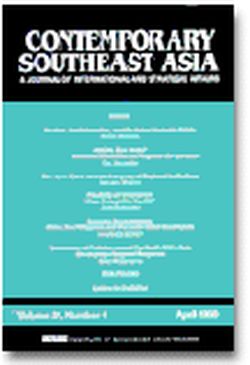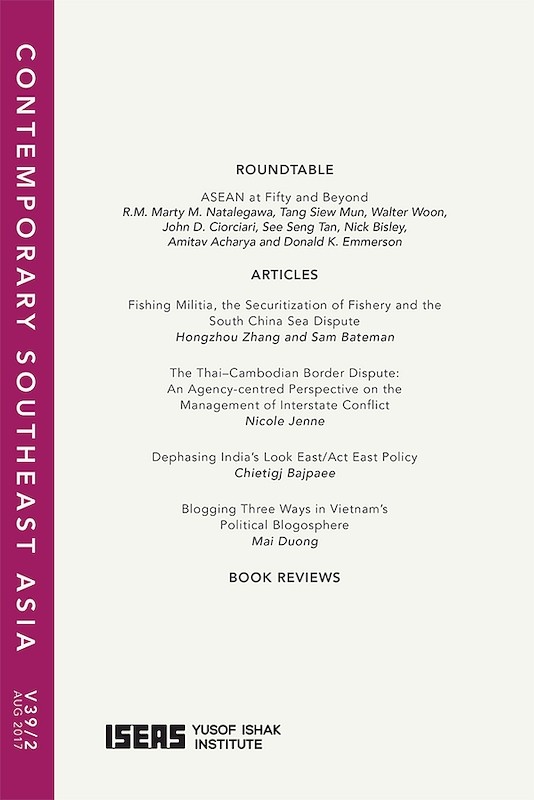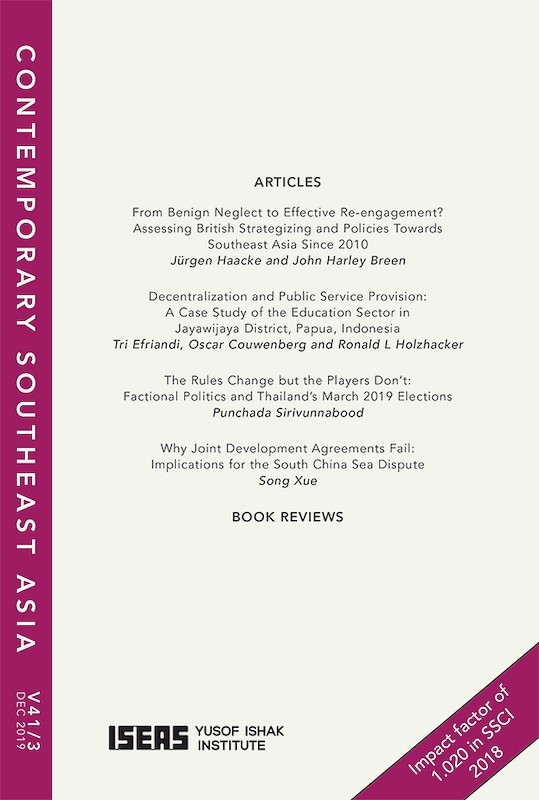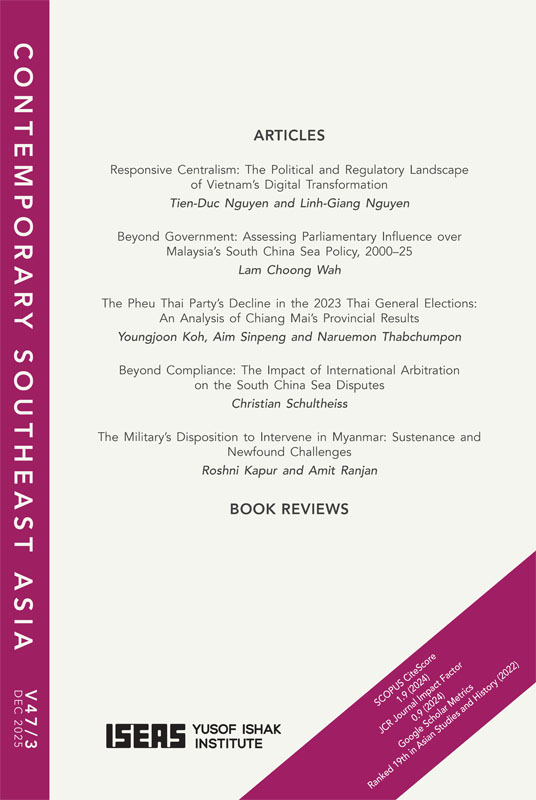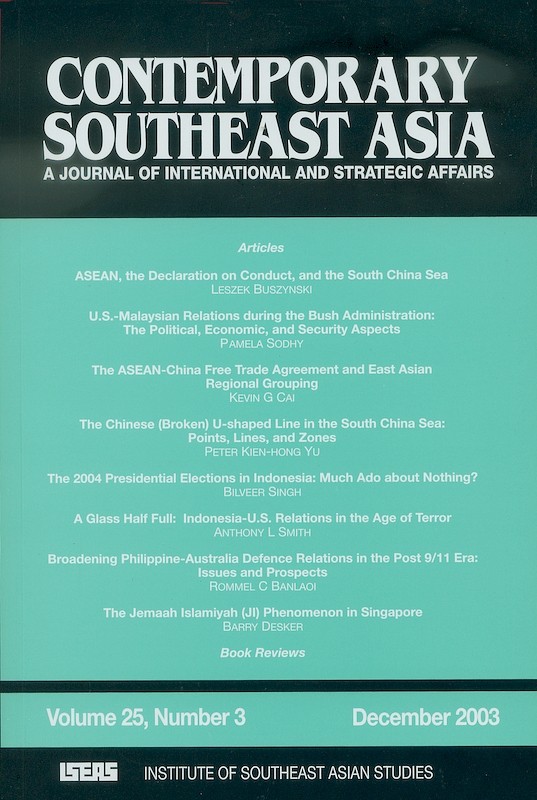Contemporary Southeast Asia Vol. 33/3 (Dec 2011). Special Focus on "The South China Sea Dispute"
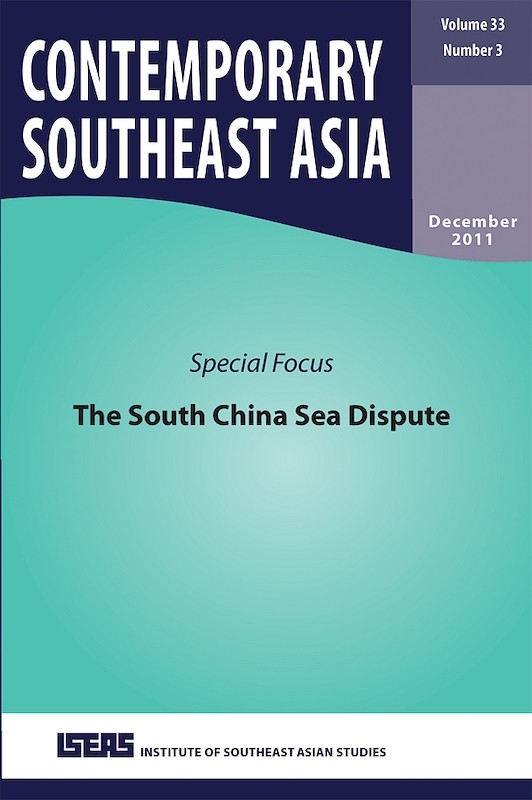
Date of publication:
December 2011
Publisher:
Institute of Southeast Asian Studies
Number of pages:
131
Code:
CS33/3
Contents
-
Contemporary Southeast Asia Vol. 33/3 (Dec 2011). Special Focus on "The South China Sea Dispute"
[Whole Publication] -
Preliminary pages
- ARTICLES
-
Staking Claims and Making Waves in the South China Sea: How Troubled Are the Waters?, by Alice Ba, author see abstractThis article serves as an introduction to the South China Sea dispute, as well as the themes and challenges highlighted by articles in this special issue. It draws attention to the complexity of a dispute that is no longer just about territory but also broader maritime rights, an evolving maritime regime, resources, and increasingly, the role of China as a rising power in East Asia vis-Ã-vis the United States as the status quo power. It especially highlights how the intersection of US-China issues with what has historically been a regional dispute has significantly raised the stakes for all concerned. It is the conclusion of contributing authors that mismanagement of the South China Sea will carry high, even unacceptable, costs.
-
China's Strategy in the South China Sea, by M. Taylor Fravel, author see abstractThis article examines China's behaviour in the South China Sea disputes through the lens of its strategy for managing its claims. Since the mid-1990s, China has pursued a strategy of delaying the resolution of the dispute. The goal of this strategy is to consolidate China's claims, especially to maritime rights or jurisdiction over these waters, and to deter other states from strengthening their own claims at China's expense, including resource development projects that exclude China. Since the mid-2000s, the pace of China's efforts to consolidate its claims and deter others has increased through diplomatic, administrative and military means. Although China's strategy seeks to consolidate its own claims, it threatens weaker states in the dispute and is inherently destabilizing. As a result, the delaying strategy includes efforts to prevent the escalation of tensions while nevertheless seeking to consolidate China's claims.
-
Chinese Naval Strategy in the South China Sea: An Abundance of Noise and Smoke, but Little Fire, by Lyle Goldstein, author see abstractThis survey of official and quasi-official Chinese-language naval literature provides some new insights regarding Beijing's evolving strategy in the South China Sea. Most importantly - and contrary to conventional wisdom - a surprising diversity of viewpoint is evident in Chinese naval circles that likely reflects the wider debate among Chinese strategists more generally. Thus, it is important to note that a major theme in many of these writings is the need for Beijing to adopt a cautious and compromising policy. Other themes revealed in this literature include a distinct threat perception, as well as concern that China could be cut out of the resource benefits of the South China Sea. Finally, a troubling pattern of escalation is evident in the literature with writings after mid-2010 assuming a disturbingly vitriolic character, perhaps even suggesting that Beijing's military policy in the South China Sea could take an ominous turn in the future. The final point should raise some major questions regarding the present direction of US policy in the region. As the US is looking to "step up its game" in the South China Sea area, Washington (and other regional actors) must realize that the "game" may develop in a variety of destabilizing ways.
-
The Tyranny of Geography: Vietnamese Strategies to Constrain China in the South China Sea, by Carlyle A. Thayer, author see abstractThis article analyses Vietnamese strategies to constrain China in the South China Sea. It tests Brantly Womack's theory of asymmetry as a framework for analysing bilateral relations. Mature asymmetry exists when the weaker state gives deference to the more powerful state in return for the stronger state's recognition of the weaker state's autonomy. Vietnam attempts to achieve this balance through a process of "struggle and cooperation" with China on key issue areas. Vietnam pursues three strategies to manage its relations with China: codification of bilateral relations through high-level visits by party and state leaders; enmeshment of China in a web of cooperative relations including economic ties; and self-help, particularly military modernization. This article analyses the bilateral mechanisms that structure political, economic and defence relations. The party mechanisms include summit meetings, exchange visits by party commissions and ideological seminars. State-to-state relations are managed by a Joint Steering Committee at deputy prime minister level and comprise a dense network of ministerial exchanges. Defence relations are managed at ministerial level and include senior high-level visits and a range of defence cooperation activities including joint ship patrols and naval port visits. The article concludes with a discussion of tensions arising from territorial and sovereignty disputes in the South China Sea. In summary, the "tyranny of geography" dictates to Vietnam that it judiciously apply the levers of cooperation and struggle through various party, state, military and multilateral structures in order to better manage its relations with China.
-
The Spratlys: From Dangerous Ground to Apple of Discord, by Brantly Womack, author see abstractThe South China Sea, and the Spratly Islands in particular, have become the focus of tension between the uncertain limits of China's rise and the discomfort of its Southeast Asian neighbours at the prospect of becoming China's backyard. The regional concerns of Southeast Asia overlap with the global concerns of the United States. The tension has been reframed by the global crisis of economic uncertainty that began in 2008 and sharpened by rhetorical confrontations in 2010. Because of the limited utility and adverse consequences of decisive unilateral action by any party, the dispute is likely to continue as a symbol of discord until it is defused by multilateral guidelines.
- BOOK REVIEWS
-
BOOK REVIEW: China and India: Great Power Rivals. By Mohan Malik, by Rajesh Basrur, author
-
BOOK REVIEW: Political Parties and Electoral Strategy: The Development of Party Organization in East Asia. By Olli Hellmann, by Wolfgang Sachsenroeder, author
-
BOOK REVIEW: Conflict Management and Dispute Settlement in East Asia. Edited by Ramses Amer and Keyuan Zou, by Anthony L Smith, author
-
BOOK REVIEW: The Persistence of Cambodian Poverty: From the Killing Fields to Today. By Harold R. Kerbo, by Sophal Ear, author

